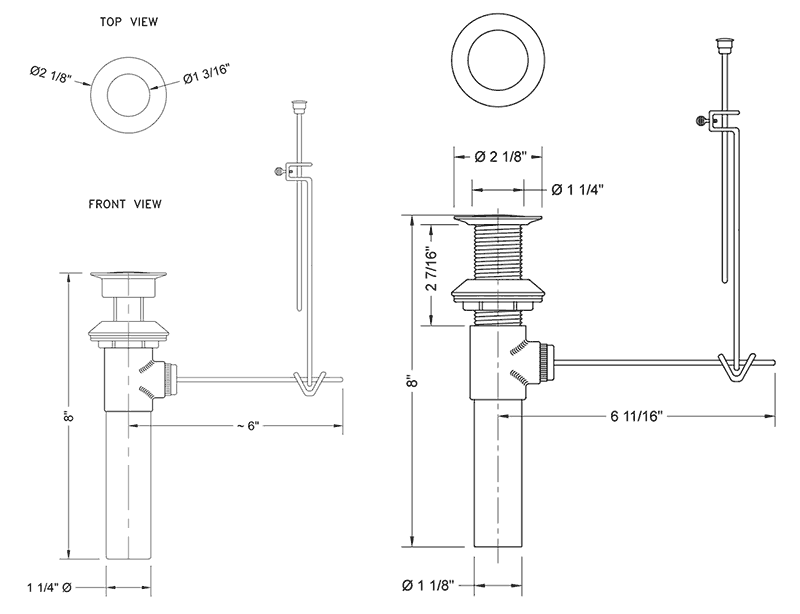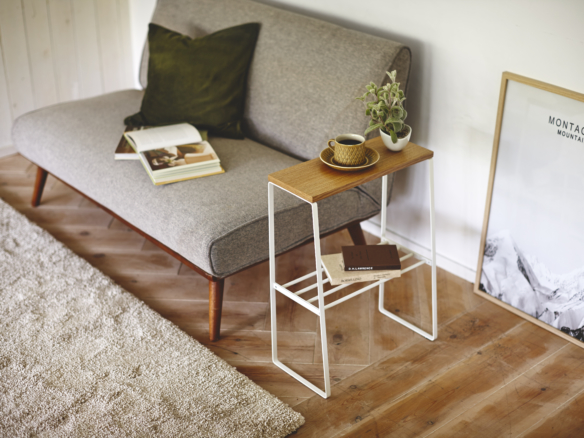Having a disconnected bathroom sink drain stopper can be a frustrating experience. Not only does it make it difficult to properly use your sink, but it can also lead to potential plumbing issues. In this article, we will discuss the top 10 ways to address a disconnected bathroom sink drain stopper and prevent it from happening again in the future.Bathroom sink drain stopper disconnected
If you notice that your bathroom sink drain stopper is disconnected, the first step is to assess the situation and try to determine the cause. In most cases, it is an easy fix that you can do yourself. Here are some steps to follow: Step 1: Identify the type of drain stopper you have. There are several types, including a lift-and-turn, push-and-pull, and pop-up drain stopper. Step 2: Remove the stopper from the drain. This can usually be done by twisting or pulling the stopper up and out of the drain. Step 3: Inspect the stopper and the mechanism that connects it to the drain. Look for any damage or wear and tear that may have caused the disconnect. Step 4: Reattach the stopper to the drain. This may involve screwing it back in place or adjusting any connecting parts that may have become loose or disconnected. Step 5: Test the stopper by running water down the drain. If it is working properly, you should be able to open and close the stopper with ease.How to fix a disconnected bathroom sink drain stopper
While reconnecting a disconnected bathroom sink drain stopper is usually a simple task, there may be instances where it is not as straightforward. Here are some common causes of a disconnected stopper and how to troubleshoot them: Problem: The stopper won't stay in place. Solution: Check the stopper for any damage or wear and tear. If it is in good condition, the issue may be with the mechanism that connects it to the drain. You may need to tighten or replace any loose or broken parts. Problem: The stopper is stuck in the closed position. Solution: If the stopper is stuck, it could be due to hair or debris clogging the drain. Use a plunger or a drain snake to clear the blockage and then try to reattach the stopper. Problem: The stopper won't open even when pulled up. Solution: In some cases, the connecting mechanism may have become corroded or damaged. You may need to replace the stopper or the connecting parts.Troubleshooting a disconnected bathroom sink drain stopper
If your bathroom sink drain stopper has become disconnected, it is important to reattach it as soon as possible. A disconnected stopper not only makes using your sink difficult, but it can also lead to leaks and other plumbing issues. Here are some tips for reattaching a stopper: Tip 1: Make sure to properly clean the stopper and the connecting parts before reattaching them. This will help ensure a secure and long-lasting connection. Tip 2: Use a plumber's putty or silicone sealant to create a watertight seal between the stopper and the drain. This will prevent any water from leaking out of the sink. Tip 3: If you are unsure of how to reattach the stopper, consult the manufacturer's instructions or seek professional help.Reattaching a bathroom sink drain stopper
There are several reasons why your bathroom sink drain stopper may become disconnected. Some of the most common causes include: Cause 1: Wear and tear from regular use. Cause 2: Loose or broken connecting parts. Cause 3: Buildup of hair or debris in the drain. Cause 4: Corrosion or damage to the stopper or connecting mechanism.Common causes of a disconnected bathroom sink drain stopper
If your bathroom sink drain stopper becomes disconnected, there are some DIY solutions you can try before seeking professional help. These include: Solution 1: Tightening or replacing any loose or broken connecting parts. Solution 2: Clearing any blockages in the drain using a plunger or drain snake. Solution 3: Replacing the stopper or the connecting mechanism if they are damaged beyond repair.DIY solutions for a disconnected bathroom sink drain stopper
If you are not comfortable with DIY solutions or if the issue is more complex, it is best to seek professional help. A plumber or handyman can easily reattach or replace your bathroom sink drain stopper. They can also identify and address any underlying issues that may have caused the disconnect.Professional repair options for a disconnected bathroom sink drain stopper
While a disconnected bathroom sink drain stopper is not always avoidable, there are some steps you can take to prevent it from happening frequently. These include: Step 1: Avoid using excessive force when opening or closing the stopper. Step 2: Regularly clean and maintain the stopper and connecting parts to prevent wear and tear. Step 3: Use a hair catcher or drain cover to prevent hair and debris from clogging the drain and causing damage to the stopper.Preventing a bathroom sink drain stopper from becoming disconnected
If your bathroom sink drain stopper is damaged beyond repair, you may need to replace it. You can purchase a new stopper from a hardware store or online and follow the manufacturer's instructions for installation. Alternatively, you can call a professional to do it for you.Replacing a damaged bathroom sink drain stopper
To properly address a disconnected bathroom sink drain stopper, it is helpful to understand its anatomy. A typical bathroom sink drain stopper consists of a stopper head, a connecting rod, a horizontal pivot rod, and a clevis. The stopper head is the part that sits inside the drain and can be pushed or pulled to open or close the drain. The horizontal pivot rod connects the stopper to the clevis, which is attached to the sink's drainpipe. In conclusion, a disconnected bathroom sink drain stopper may seem like a minor inconvenience, but it can lead to bigger plumbing problems if not addressed promptly. By following the tips and solutions outlined in this article, you can easily fix a disconnected stopper and prevent it from happening again in the future.Understanding the anatomy of a bathroom sink drain stopper
How to Fix a Disconnected Bathroom Sink Drain Stopper

The Importance of a Properly Working Bathroom Sink Drain Stopper
 A bathroom sink drain stopper is an essential component of any sink. It not only prevents water from draining out, but it also helps to keep the sink clean by catching debris and hair. However, when the drain stopper becomes disconnected, it can cause a major inconvenience and disrupt your daily routine. Not to mention, it can also result in potential water damage if not fixed promptly. In this article, we will discuss how to fix a disconnected bathroom sink drain stopper and ensure that your sink is functioning properly once again.
A bathroom sink drain stopper is an essential component of any sink. It not only prevents water from draining out, but it also helps to keep the sink clean by catching debris and hair. However, when the drain stopper becomes disconnected, it can cause a major inconvenience and disrupt your daily routine. Not to mention, it can also result in potential water damage if not fixed promptly. In this article, we will discuss how to fix a disconnected bathroom sink drain stopper and ensure that your sink is functioning properly once again.
Identifying the Problem
:max_bytes(150000):strip_icc()/bathroom-sink-drain-installation-2718843-02-61e5ecbee1e949be8d8f45ac4f5a6797.jpg) Before you can fix a disconnected bathroom sink drain stopper, you need to identify the root cause of the issue. There are a few common reasons why a drain stopper may become disconnected, including a broken linkage, loose screw, or a buildup of debris. Take a look at the stopper mechanism and see if you can spot any visible damages or loose parts.
Before you can fix a disconnected bathroom sink drain stopper, you need to identify the root cause of the issue. There are a few common reasons why a drain stopper may become disconnected, including a broken linkage, loose screw, or a buildup of debris. Take a look at the stopper mechanism and see if you can spot any visible damages or loose parts.
Gathering the Necessary Tools
 Once you have identified the issue, it's time to gather the necessary tools to fix the problem. You will need a pair of pliers, a screwdriver, and a replacement stopper if the old one is damaged beyond repair. Having these tools on hand will make the repair process much smoother and more efficient.
Once you have identified the issue, it's time to gather the necessary tools to fix the problem. You will need a pair of pliers, a screwdriver, and a replacement stopper if the old one is damaged beyond repair. Having these tools on hand will make the repair process much smoother and more efficient.
Fixing the Disconnected Drain Stopper
 To fix a disconnected bathroom sink drain stopper, start by removing the drain cover and any hair or debris that may be clogging the drain. Next, locate the nut that holds the stopper linkage in place and use the pliers to loosen it. If the linkage is broken, you will need to replace it with a new one. If it is simply loose, tighten the screw to secure it in place.
To fix a disconnected bathroom sink drain stopper, start by removing the drain cover and any hair or debris that may be clogging the drain. Next, locate the nut that holds the stopper linkage in place and use the pliers to loosen it. If the linkage is broken, you will need to replace it with a new one. If it is simply loose, tighten the screw to secure it in place.
Replacing the Stopper
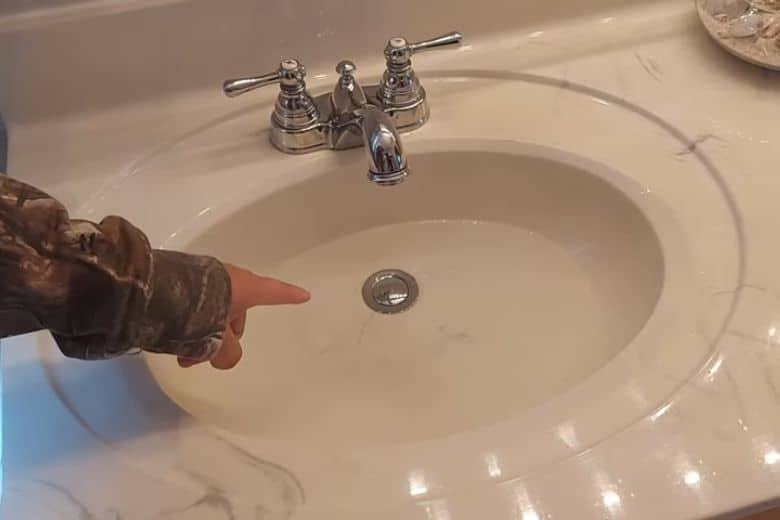 If the stopper is damaged and cannot be fixed, you will need to replace it with a new one. To do this, remove the old stopper and unscrew the cap from the top of the drain. Insert the new stopper and screw on the cap to secure it in place. Test the stopper by pulling up and down on the lift rod to ensure that it is functioning properly.
If the stopper is damaged and cannot be fixed, you will need to replace it with a new one. To do this, remove the old stopper and unscrew the cap from the top of the drain. Insert the new stopper and screw on the cap to secure it in place. Test the stopper by pulling up and down on the lift rod to ensure that it is functioning properly.
Preventing Future Disconnections
 To prevent your bathroom sink drain stopper from becoming disconnected in the future, make sure to clean the drain regularly and avoid pouring any harsh chemicals down it. Additionally, be gentle when using the stopper and avoid pulling it up too forcefully.
In conclusion, a disconnected bathroom sink drain stopper may seem like a small issue, but it can cause major inconveniences and potential damage if left unfixed. By following these simple steps, you can easily fix the problem and ensure that your sink is working properly once again. Remember to regularly maintain your drain to prevent future issues and always have the necessary tools on hand for any unexpected repairs.
To prevent your bathroom sink drain stopper from becoming disconnected in the future, make sure to clean the drain regularly and avoid pouring any harsh chemicals down it. Additionally, be gentle when using the stopper and avoid pulling it up too forcefully.
In conclusion, a disconnected bathroom sink drain stopper may seem like a small issue, but it can cause major inconveniences and potential damage if left unfixed. By following these simple steps, you can easily fix the problem and ensure that your sink is working properly once again. Remember to regularly maintain your drain to prevent future issues and always have the necessary tools on hand for any unexpected repairs.



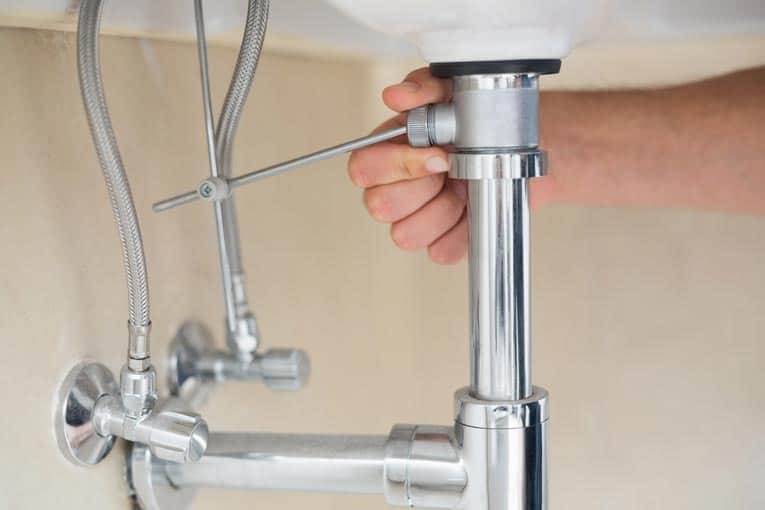

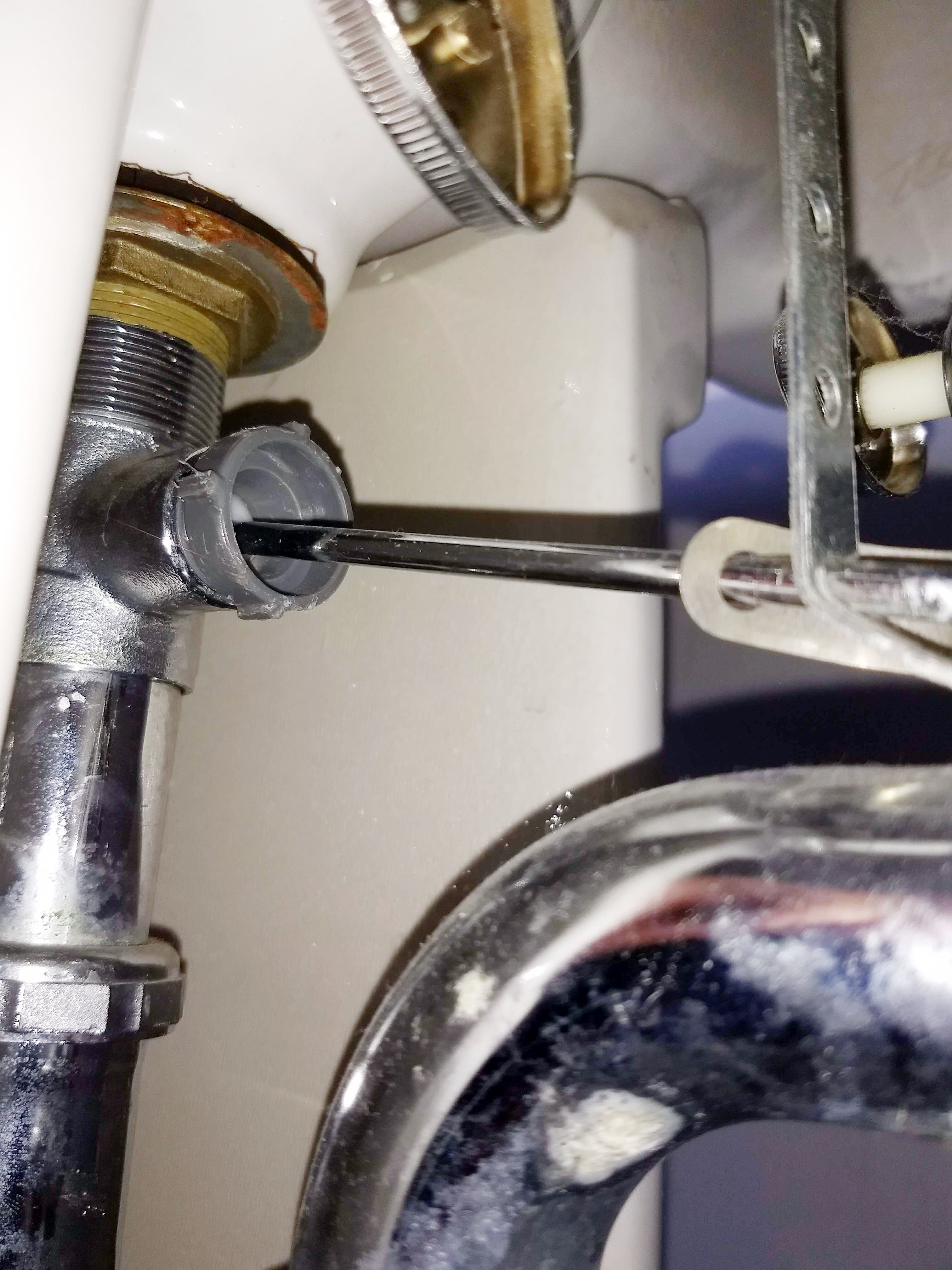



















/bathroom-sink-drain-installation-2718843-03-6fee5b9d9f7d475abfe06a95ddb1f695.jpg)

































